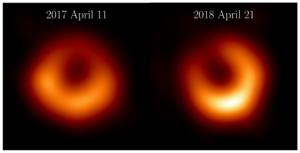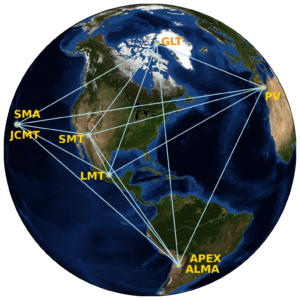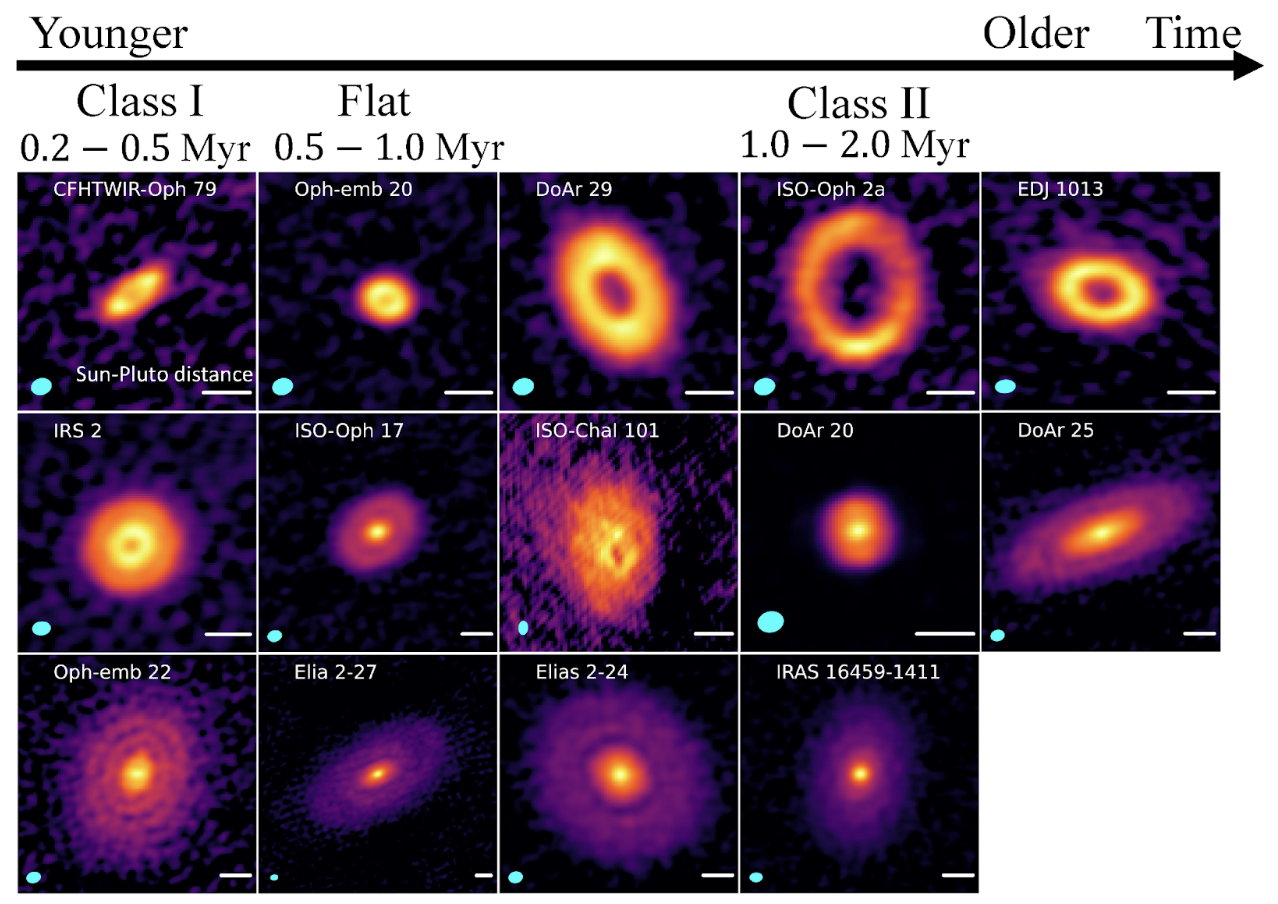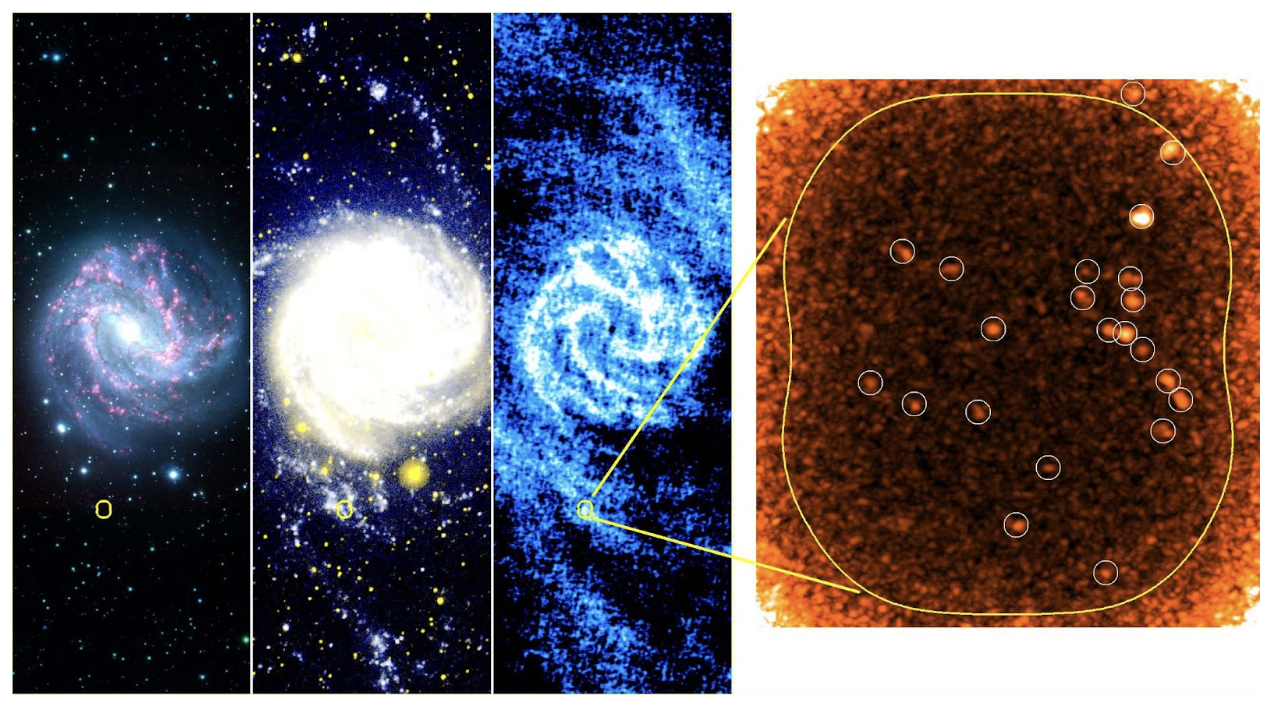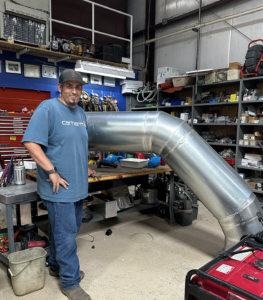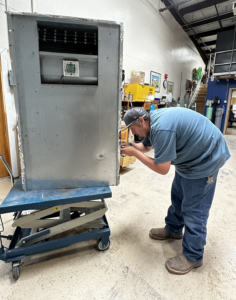Following a generous grant from the Heising-Simons Foundation, the Central Development Laboratory (CDL) at the National Science Foundation’s (NSF) National Radio Astronomy Observatory (NRAO) has selected their first recipient of the postdoctoral Women in Engineering fellowship, Priyanka Mondal. The Women in Engineering program increases opportunities for women to enter the field of radio astronomy through engineering pathways.
Priyanka Mondal received her Ph. D degree from the department of Electronics and Electrical Communication Engineering, Indian Institute of Technology Kharagpur in 2009. She has contributed to projects on filters, slotted waveguide antenna arrays, ultra-wideband pulse generation, dielectric waveguides, corrugated horn antennas, GaAs and GaN Schottky diode based frequency multipliers, and subharmonic mixers for organizations in Asia, Europe and North America. She has authored/co-authored sixty-three technical papers at national and international journals and conferences. She was awarded by the Kalpana Chawla Memorial Doctoral Fellowship, Fonds québécois de la recherche sur la nature et les technologies Postdoctoral Fellowship in the year of 2007 and 2011, respectively. She does review for the project proposals, technical papers for the conferences and journals.
As part of NRAO’s ongoing commitment to Women in Engineering, the new fellowship program supports outstanding postdoctoral women engineers whose research is related to the NRAO’s mission. These fellows, who are granted two-year appointments, will spend up to 75 percent of their time on self-directed research while also contributing to the Observatory’s development and delivery of radio astronomy techniques, capabilities, or education and public outreach activities. The Women in Engineering program also includes a co-op program that provides laboratory work experiences for graduate and undergraduate women engineering students, giving them the opportunity to fulfill the practical training component of their co-op programs CDL.
When asked how the Heising-Simons Women in Engineering Fellowship would impact her life and career, Priyanka said the following, “The Engineering Fellowship at NRAO’s Central Development will open up a door for me to work on the most advanced/breakthrough technologies and uncover scientific possibilities. Together with my research ideas, experiences and passion, I believe the fellowship tenure will empower me to contribute significantly toward the performance enhancements of the astronomical instruments at NRAO and to the global scientific community. This engineering fellowship at CDL certainly will enrich me professionally and support me to become an eminent radio scientist/engineer in future.”
The CDL Women in Engineering program builds upon the insights from the landmark 2012 study, “Stemming the Tide: Why Women Leave Engineering,” by creating stimulating, rewarding, and positive work experiences that both value and encourage contributions from women in engineering fields. This type of early positive engagement has been shown to increase the likelihood that women will both enter and remain in the field, bringing diverse viewpoints to the ever-changing needs of engineering projects. The $725,000 Heising-Simons Foundation grant allows NRAO for the initial development and maintenance of the Women in Engineering Program during its first two years.
NRAO Director Tony Beasley said, “Diverse viewpoints and expertise are what keeps NRAO at the forefront of engineering in radio astronomy. NRAO is excited to work with the Heising-Simons Foundation to expand our commitment to making radio astronomy and engineering a positive and growth-oriented career path for women.”
About the Heising-Simons Foundation
The Heising-Simons Foundation is a family foundation based in Los Altos and San Francisco, California. The Foundation works with its many partners to advance sustainable solutions in climate and clean energy, enable groundbreaking research in science, enhance the education of our youngest learners, and support human rights for all people.
About NRAO
The National Radio Astronomy Observatory (NRAO) is a facility of the National Science Foundation, operated under cooperative agreement by Associated Universities, Inc.
The post First Recipient of Women in Engineering Fellowship Joins Staff of Central Development Laboratory appeared first on National Radio Astronomy Observatory.




